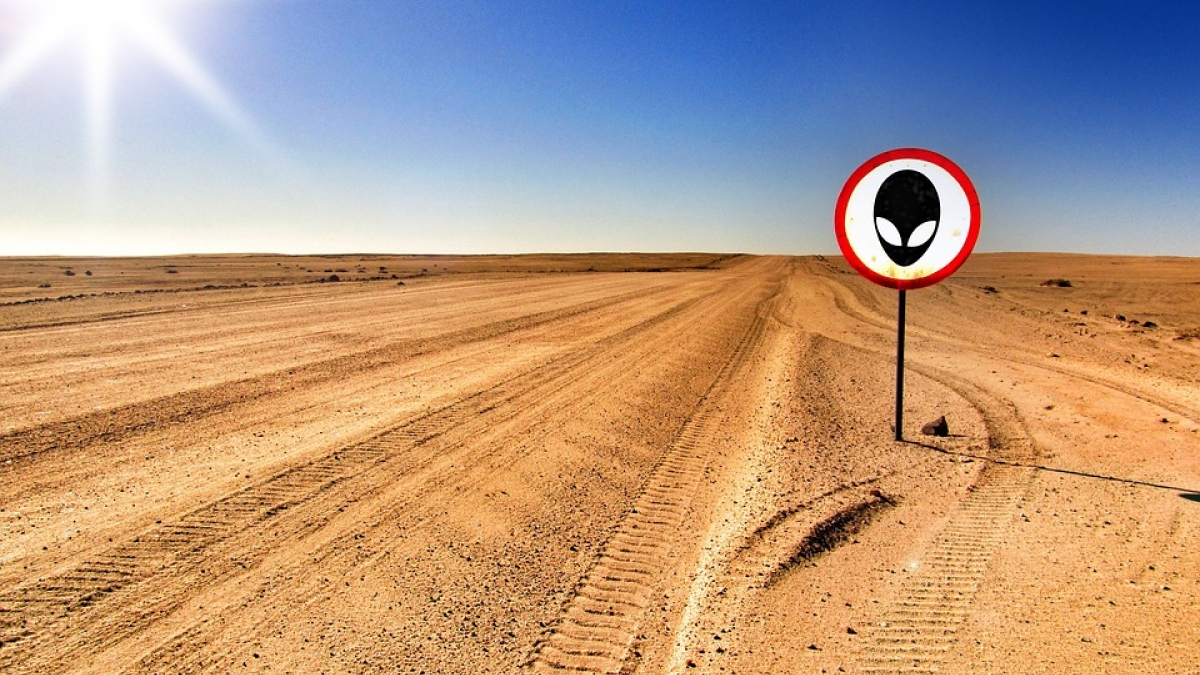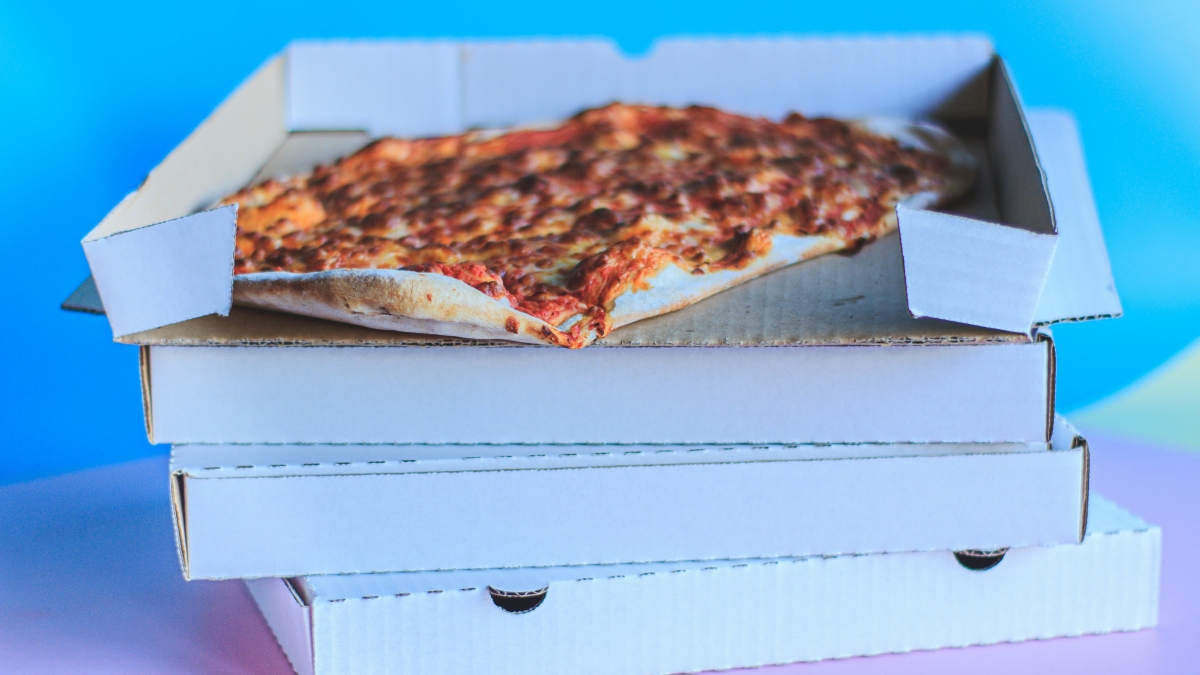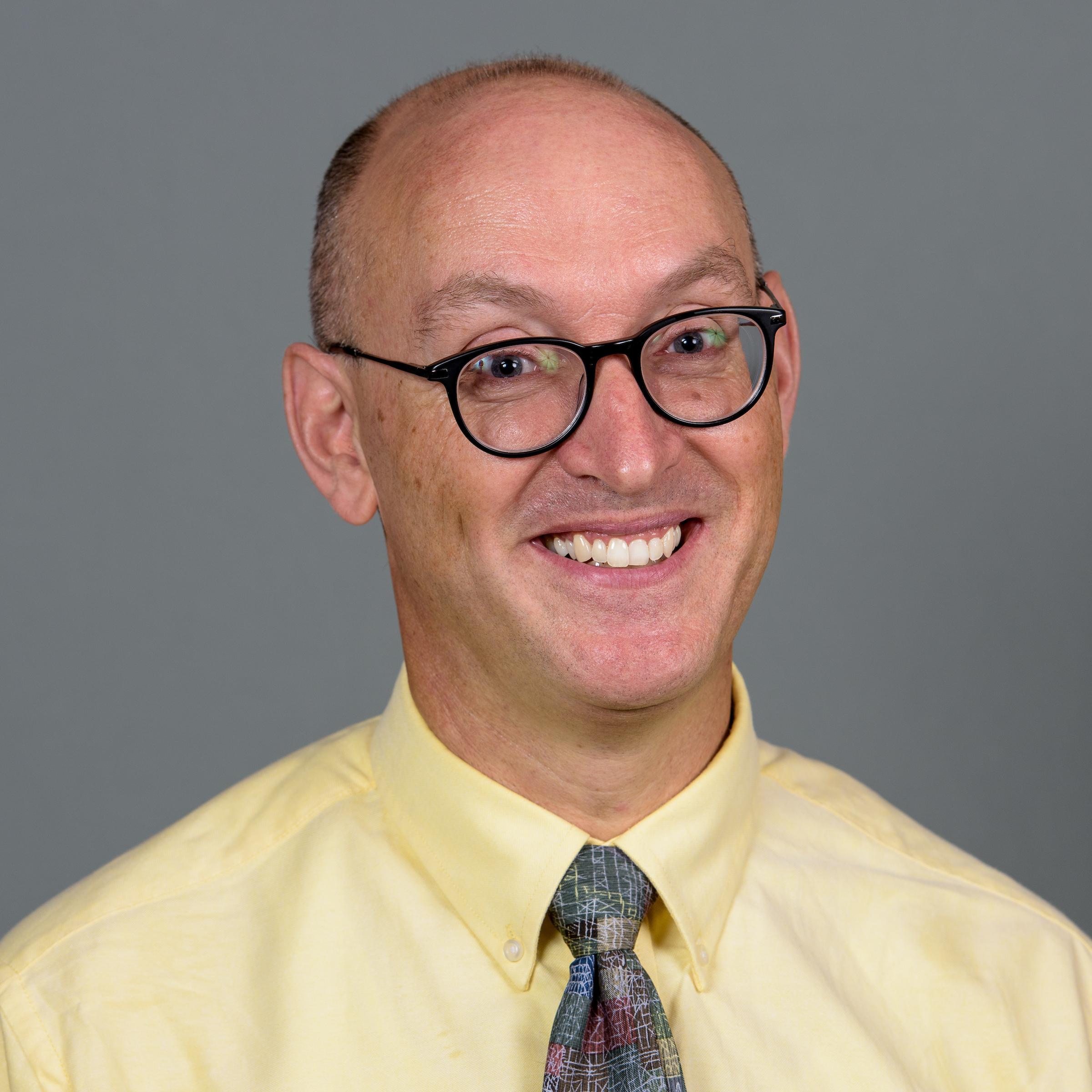ASU expert: Conspiracy theories, while not new, are more easily spread today

Roswell. JFK. Moon Landings. Elvis faking his death. 9/11. Sandy Hook.
It really happened. It didn't happen at all. A cabal of people made it happen.
Conspiracy thinking appears to have reached a feverish pitch, exacerbated by the recent release of JFK assassination documents and reports that survivors of the Las Vegas killings are facing threats from conspiracy-minded people insisting that the mass shooting was a hoax.
ASU Now explored the topic with Keith Brown, director of Arizona State University’s Melikian CenterASU’s Melikian Center is a unit within the School of Politics and Global Studies, whose individual research focuses primarily on politics, culture and identity in the Balkans. Notes Brown, “What's new today is the connectivity offered by the internet, which allows folks to share their stories — whether grounded in fact or fantasy — more readily and shorn of context.”
Keith Brown
Question: It seems that conspiracy thinking has expanded and grown more intense. Do you think this is the case? If so, why?
Answer: Conspiracy thinking is not new in the United States: It is over 50 years since Richard Hofstadter diagnosed the "paranoid style" as made up of "heated exaggeration, suspiciousness and conspiratorial fantasy," and offered examples from the early 19th century and beyond. In his 1964 article Hofstadter argued that its reappearance in right-wing circles in the 1960s sprang from a sense of dispossession, which they attributed to the sinister infiltration of the U.S. government and erosion of traditional American virtues, by individuals and movements labeled as "intellectuals," "socialists" or "foreigners."
What's new today is the connectivity offered by the internet, which allows folks to share their stories — whether grounded in fact or fantasy — more readily and shorn of context. What's also new is that 9/11 provided incontrovertible evidence that there are in fact people in the world conspiring to kill Americans. The subsequent boost to all kinds of conspiracy thinking amplified the effect of al-Qaida's original attack, tearing at the national fabric in ways its leaders could hardly have anticipated.
Q: Last month’s release of thousands of new documents surrounding the JFK assassination is a fresh reminder of how strong the belief still is that President Kennedy’s murder was a conspiracy. Does this surprise you?
A: I'm not surprised. It serves as a reminder of a reality that historians always face: However rich the archival record is, and even when we can agree on what happened, the how and why remain open to different interpretations. Visual evidence only serves to fuel speculation; in the case of President Kennedy's assassination, as with Yugoslav King Alexander's assassination in 1934, the fact that the critical moments were captured on film provides both motivation and raw material for near-endless debate over who was responsible. In King Alexander’s case, the full extent of the conspiracy remains unknown 80 years later.
In President Kennedy’s case, it is not just an intellectual puzzle, but an emotional challenge for Americans: If the most powerful man in the world can be brought down so easily by a “lone gunman,” where can we find security, stability or certainty?
Q: How is conspiracy thinking used to influence the public and undermine their belief in facts and the views of those in leadership positions?
A: Conspiracy thinking is a way of seeing the world: The issue is less that leaders "use" it, and more that they get swept up by it. After 9/11, for example, the U.S. government's efforts to make the case for Iraqi complicity, as well as for the vitality of the Iraqi WMDweapon of mass destruction program, were marked by drawing spurious connections between "facts" that were generated with those connections in mind. Amplified and repeated by trusted authorities, beliefs grounded in fiction are stubborn, even in the face of contrary evidence. In December 2014, polls showed more than half of Republicans, and Fox viewers, still believed (falsely) that U.S. military forces found WMDs in Iraq.
President Trump's reliance on intuition rather than documentation, and his dismissal of evidence that challenges his firmly fixed world view, appears to reflect similar deeply grooved beliefs, rather than knowing manipulation. That said, the parallels between the right-wing playbook of the 1960s and the messaging of today's "alt-right" machinery are striking. But that, of course, makes me sound like a conspiracy theorist myself.
Q: There are those who think Sandy Hook was a hoax, and some people have threatened survivors of the recent Las Vegas mass shooting, telling them they are perpetrating a lie. Is there a limit to this? Is there something that the society can do to re-establish a clearer commitment to shared facts and stronger trust in both our political leaders and major institutions?
A: We have to start by acknowledging the political climate. In that 50-year-old diagnosis on the paranoid style of thinking, Richard Hofstadter wrote that it flourishes in conditions of extreme political polarization. We are at such a point now, where "Democrats" and "Republicans" act almost as tribes or ethnic groups unto themselves. They consume different media, they tell incompatible "deep stories" (as discussed brilliantly by Arlie Hochschild in her 2015 book "Strangers in Their Own Land") and they don't trust each other to bargain or compromise.
They can't even agree on whether this deep divide is natural or inevitable (we can trace it, for example, back to the Founding Fathers' arguments over the power of federal government versus state rights), or is the product of deliberate efforts to divide American society for political gain (by right-wing radicals, left-wing revolutionaries or Russian trolls). And they can't agree on a forum, format or moderator for a frank exchange of views, grounded in data which both sides acknowledge as valid and relevant. Social scientific scholarship has arguably played a role in creating this impasse, through theories of social constructivism, cultural relativism and pluralistic acknowledgment of different life experiences and choices as valid and coherent on their own terms.
The good news is that an absolute majority of U.S. citizens remain committed to living in truth and expect political leaders and news institutions to do the same. The best way forward, it seems to me, is to work to focus our national dialogue not on the individual, distracting issues that divide us, but the pressing global issues on which there is broad consensus — protecting the environment, providing access to education, health care and economic opportunities, and combating extremism and political exclusion — for the benefit of today's kids and tomorrow's citizens. Teaching them critical thinking — by modeling it ourselves — seems a good place to start.
Learn more about the Melikian Center here. Top photo courtesy of Pixabay
More Law, journalism and politics

How to watch an election
Every election night, adrenaline pumps through newsrooms across the country as journalists take the pulse of democracy. We gathered three veteran reporters — each of them faculty at the Walter…
Law experts, students gather to celebrate ASU Indian Legal Program
Although she's achieved much in Washington, D.C., Mikaela Bledsoe Downes’ education is bringing her closer to her intended destination — returning home to the Winnebago tribe in Nebraska with her…

ASU Law to honor Africa’s first elected female head of state with 2025 O’Connor Justice Prize
Nobel Peace Prize laureate Ellen Johnson Sirleaf, the first democratically elected female head of state in Africa, has been named the 10th recipient of the O’Connor Justice Prize.The award,…
